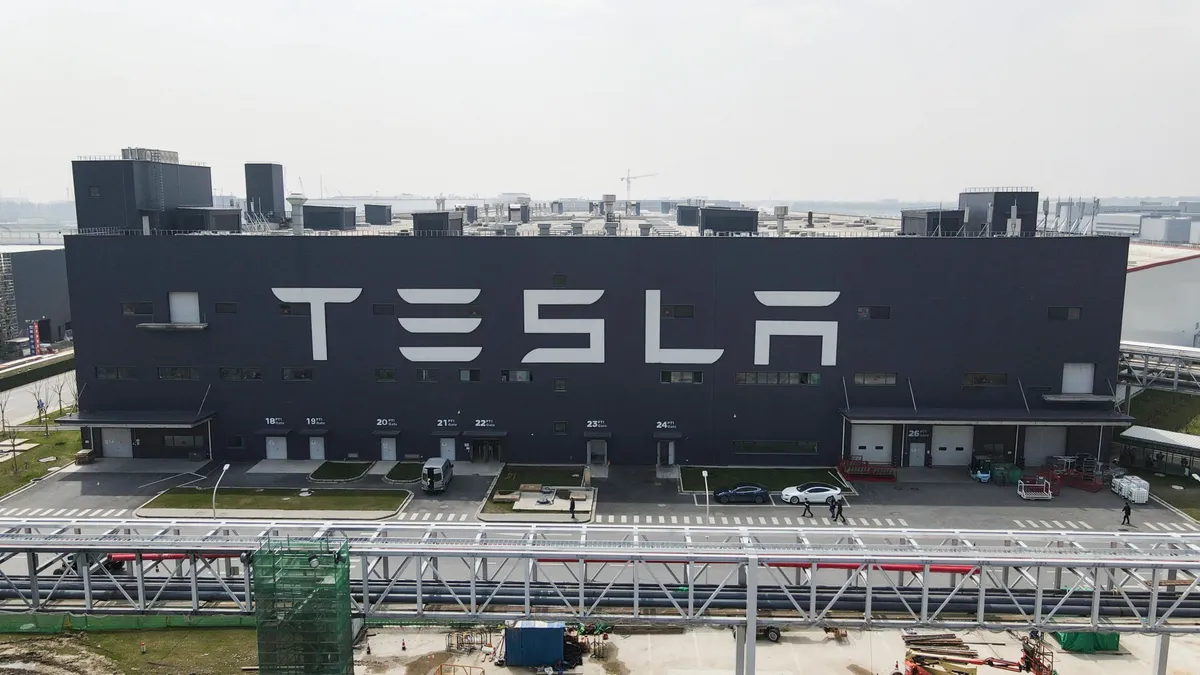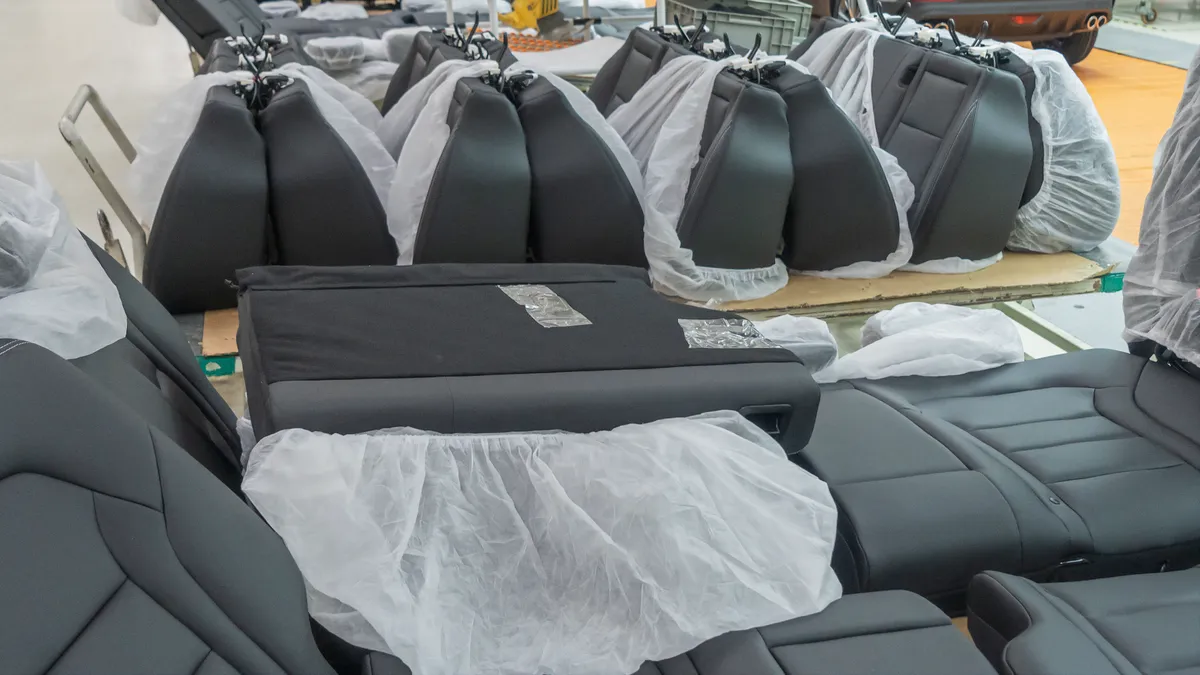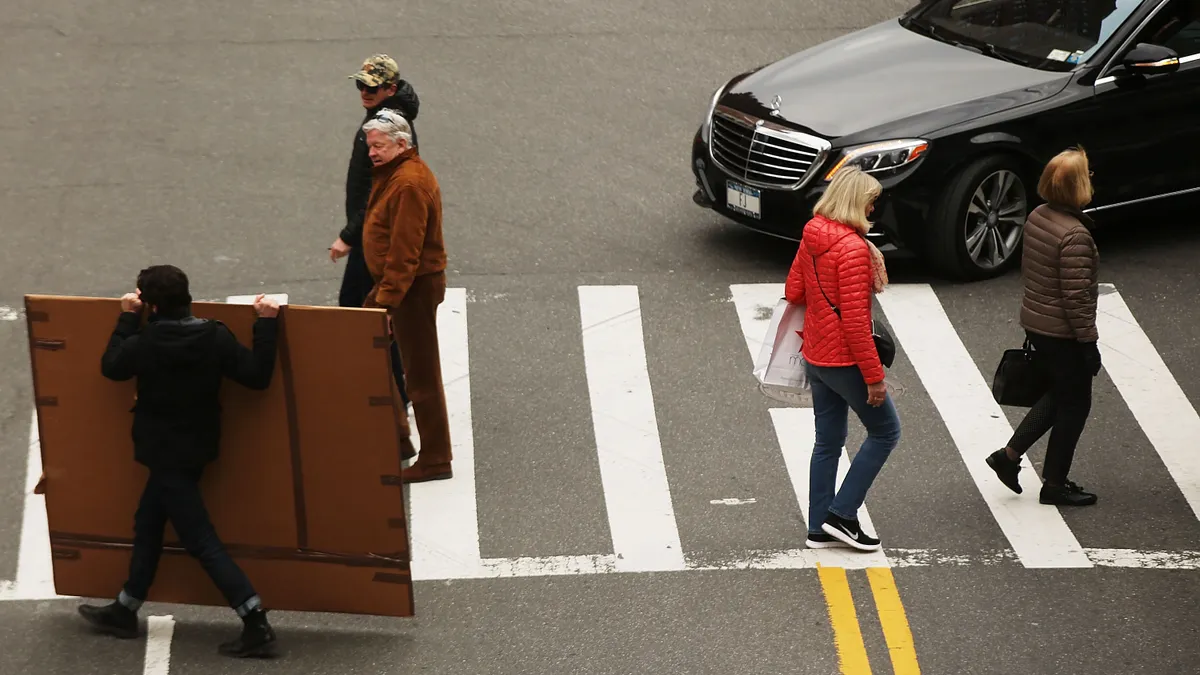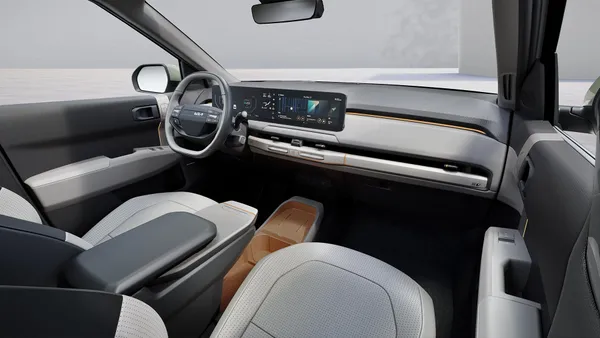Tesla falsified range estimates to show drivers longer distances than the vehicle could actually travel before its battery ran out of juice, Reuters reported Thursday. A rigged algorithm controlled the inflated range estimates displayed on the vehicle’s dashboard and was first deployed about a decade ago without the knowledge of Tesla owners.
A person that worked on Tesla’s dashboard display said the range projections were described as “rosy” to impress customers, according to Reuters. Tesla CEO Elon Musk signed off on this directive, the source told Reuters.
“Elon wanted to show good range numbers when fully charged,” they said. “When you buy a car off the lot seeing 350-mile, 400-mile range, it makes you feel good.”
Reuters reported that when the battery dropped below 50% charge, the algorithm would show drivers more accurate range projections to prevent Tesla customers from getting stranded by running out of power.
When Tesla customers complained about their vehicles' lower-than-expected range and tried to book a service appointment, they were connected with a secret team of employees that told them their cars were okay, and the appointments were canceled. Tesla service advisors offered tips for extending range, such as suggesting that customers change their driving habits.
Internally, Tesla’s employees celebrated the service appointment cancellations, which numbered up to hundreds per week. Managers told employees that each canceled service appointment saved the automaker $1,000. The tactic also freed up Tesla’s service department to handle other repairs.
The accusations against Tesla are the latest in a series of instances where Musk has overstated the capabilities of its electric vehicle and battery technology, including its self-driving software.
In 2016, Bloomberg reported that Elon Musk oversaw the production of a video that exaggerated the abilities of Tesla’s Autopilot driver assist system. The company shared a Model S self-driving demonstration in the video with a caption that read, “The person in the driver’s seat is only there for legal reasons. He is not doing anything. The car is driving itself.”
Just days later, Tesla said that all production vehicles, including the Model S sedan and Model X SUV, were capable of self-driving, which wasn’t true.
Nearly seven years later, Tesla’s Autopilot and the beta version of Tesla’s Full Self-Driving are classified as SAE Level 2 autonomous driving systems, which require the driver's full attention at all times.
CNBC reported Wednesday that the California attorney general is investigating Tesla over safety and false advertising complaints regarding its Autopilot advanced driver assistance system.
Tesla did not respond to a request for comment.












